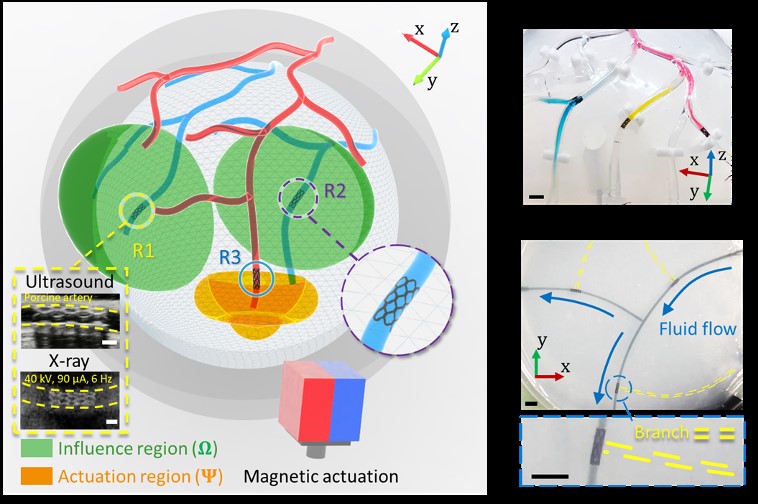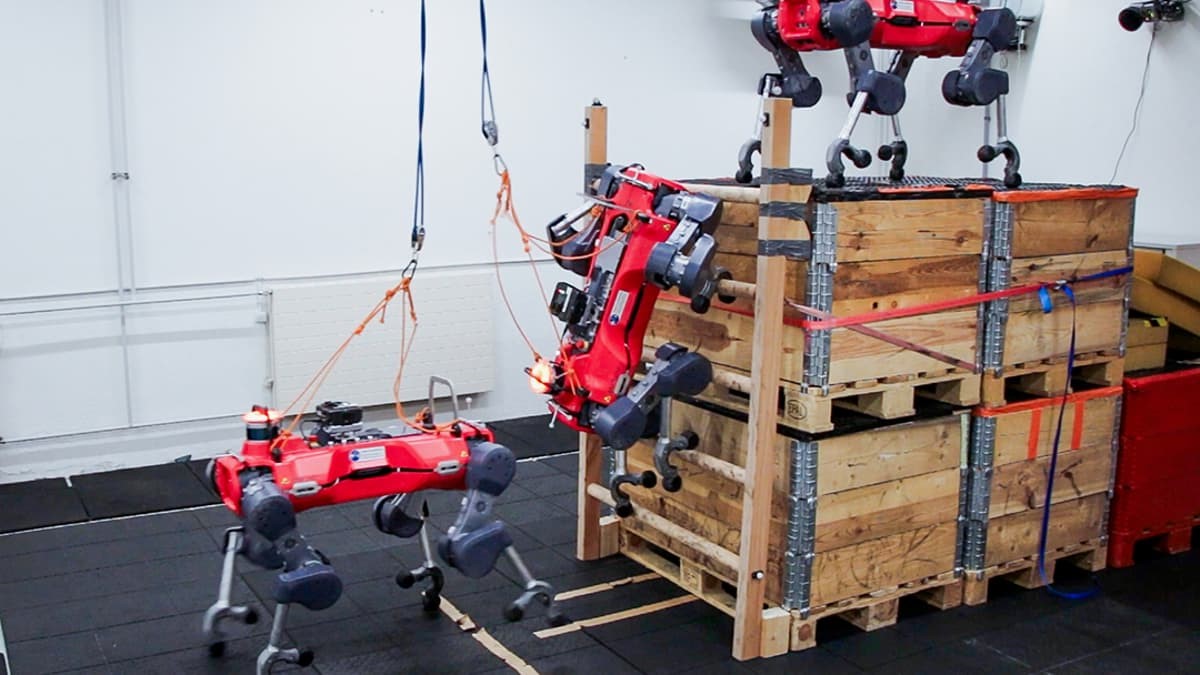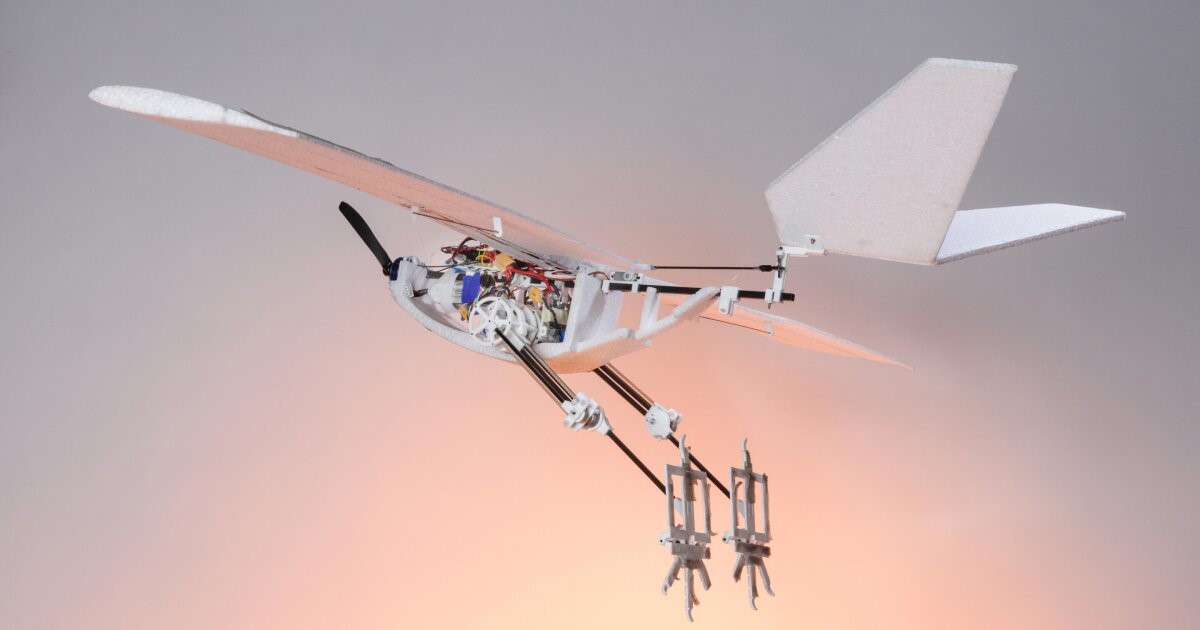Drone-Mounted Probe Collects DNA From Treetops, Sparing Us the Effort
Collecting genetic material from treetops in tropical rainforests is a nearly impossible task to carry out safely by hand. To address this challenge, scientists have created a system that enables a drone to perform the task without physically touching the trees.
If you're looking to determine which animals inhabit a specific area, a relatively new method involves collecting and analyzing environmental DNA, commonly referred to as eDNA.

Figure 1. The system employs a disc-shaped fabric probe that is deployed from a quadcopter
eDNA is present in biological materials like feces and shed skin that animals regularly release into their environment. This means that by analyzing samples of water, soil, or even air collected from that area, researchers can identify which animals are present simply by detecting the eDNA of different species. Figure 1 shows the system employs a disc-shaped fabric probe that is deployed from a quadcopter.
In recent years, eDNA analysis has been employed for various purposes, ranging from assessing insect biodiversity to searching for the Loch Ness monster. Last year, scientists from ETH Zurich in Switzerland used this technique to investigate which species inhabit the high forest canopy.
To achieve this, the team constructed a quadcopter drone equipped with adhesive strips on its underside. When the drone gently landed on branches, genetic material present on those branches would transfer onto the adhesive for later analysis.
This method provided a significantly faster, safer, and easier alternative to sending biologists into the treetops. However, there was still a risk of damaging both the drone and the tree in the event of an unintended hard collision. Furthermore, samples could only be collected from branches where the drone could successfully land.
This is where the new system comes into play.
Developed by a team led by ETH Zurich robotics PhD student Steffen Kirchgeorg, the system features a flat, disc-shaped fabric probe that is lowered on a tether from a winch attached to the underside of a quadcopter.
As the drone hovers safely above the treetops, the probe descends through the foliage, brushing against numerous leaves and branches. Once the probe has collected sufficient eDNA, it is winched back up to the drone, which then returns to its base for the probe to be removed and its contents analyzed.
In proof-of-concept demonstrations conducted in a Southeast Asian rainforest, Kirchgeorg and his colleagues remotely controlled the drone using a live feed from its onboard camera, successfully flying it beyond their line of sight to gather ten samples from the forest canopy. The analysis revealed the presence of eDNA from 152 different species, primarily consisting of spiders and insects such as ants and termites, along with the eDNA of the long-tailed macaque monkey. Kirchgeorg stated, "If we want people to protect nature, we need to tell them what we are actually protecting – with our solution, we hope to better understand the life in the canopy."
A paper detailing the study was recently published in the journal Environmental Science & Technology, and the system can be seen in action in the silent video below.
Source: NEW ATLAS
Cite this article:
Janani R (2024), Drone-Mounted Probe Collects DNA From Treetops, Sparing Us the Effort, AnaTechMaz, pp. 91















